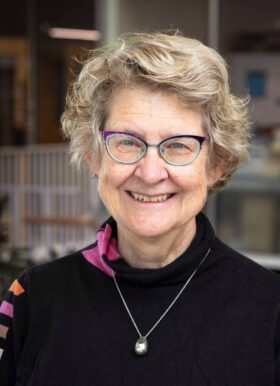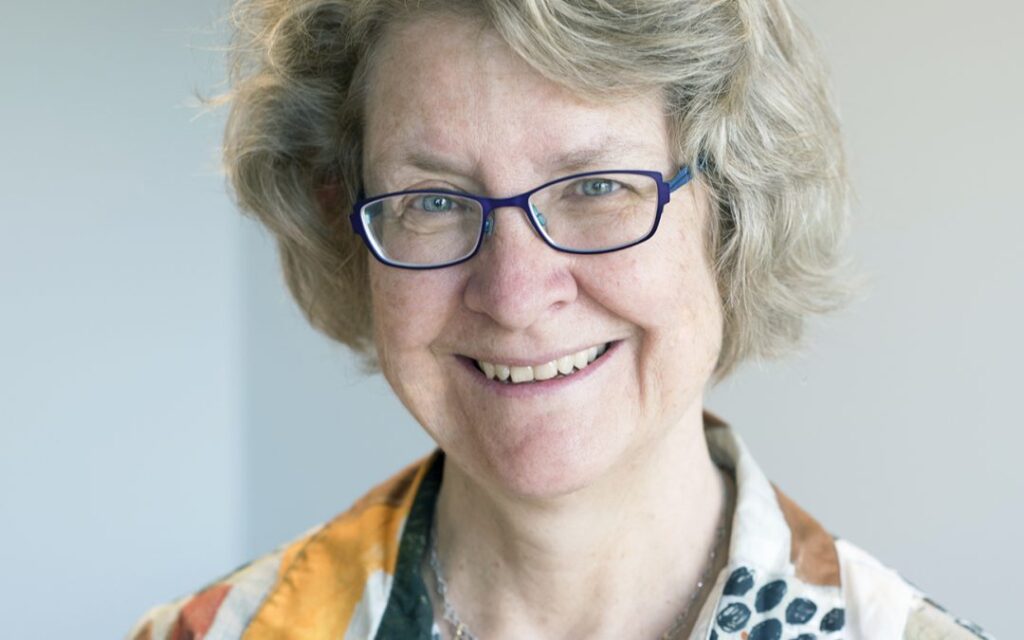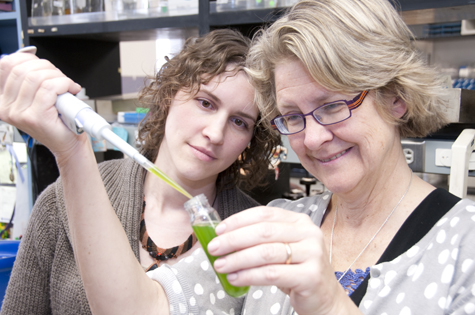
Dutcher Lab | Google Scholar Profile
Bio
As a graduate student at the University of Washington, Dutcher worked on the role of cell division cycle (CDC) genes in spindle pole body duplication with Dr. Lee Hartwell. While a postdoctoral fellow at Rockefeller University, she began to work on cilia and centrioles in the unicellular eukaryotic alga, Chlamydomonas. The lab investigates the assembly and function of basal bodies/centrioles and cilia using genetics, biochemistry, light and electon microscopy, and computational biology in Chlamydomonas as well as human tissue culture cells. The key questions include how these microtubule-based structures are assembled and how they function and influence cellular biology, development, and human health. Stemming from comparative genomics approaches in the lab, the discovery of many cilia/basal body based diseases has helped to illustrate the incredible breath of roles that these organelles play in human health. The conservation of ciliary and centriolar proteins has provided us with a model organism to understand a variety of human diseases that range from polycystic kidney disease to respiratory infections to microcephaly to obesity. In her spare time, she loves to travel to places around the world for great food and interesting walks. She has visited six continents.
Research interests
The lab investigates the assembly and function of basal bodies/centrioles and cilia using genetics, biochemistry, microscopy, and computational biology in Chlamydomonas as well as human tissue culture cells. The key questions that we address are:
1.) how these microtubule-based structures are assembled,
2.) how they function and influence cellular biology, development, and human health.
Our interest in basal bodies/cilia led us to use bioinformatics and comparative genomics. We developed novel algorithms for identifying cilia and basal body/centriole genes. This study provided one of the first parts list for cilia and basal bodies. We identified the BBS5 gene, which is involved in ciliary signaling in a variety of cells and pathways in collaboration with many labs. This was the first example that the BBS gene affect cilia. Stemming from our comparative genomics work (Li et al. 2004), the discovery of many cilia and centriole-based diseases has illustrated the incredible breath of roles that these organelles play in human health. This work is now further studied using RNAseq (Albee et al., 2012) and proteomics (Lin et al., 2018; Bustamante et al., 2020). It appears that about 1,000 genes are needed to build functional motile cilia. We are now looking at the role of basal bodies in meiosis and the role of delta, epsilon and zeta tubulin.


